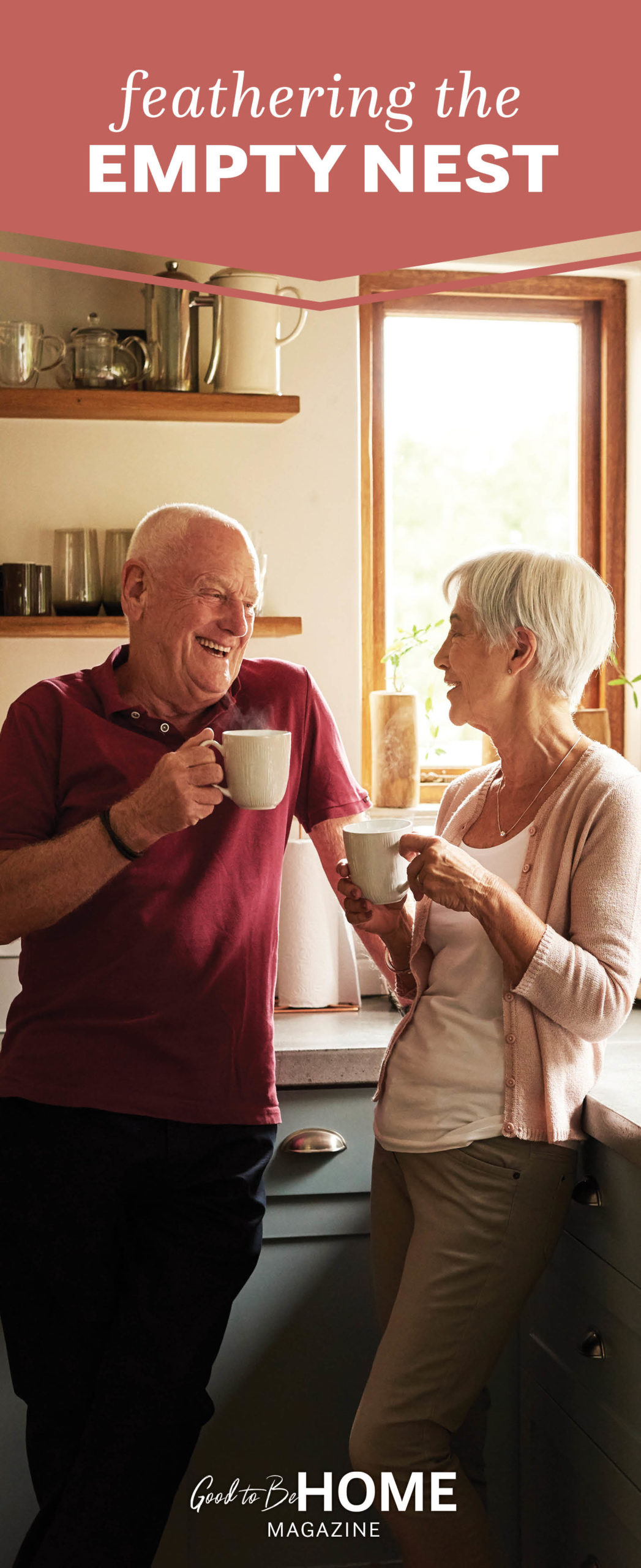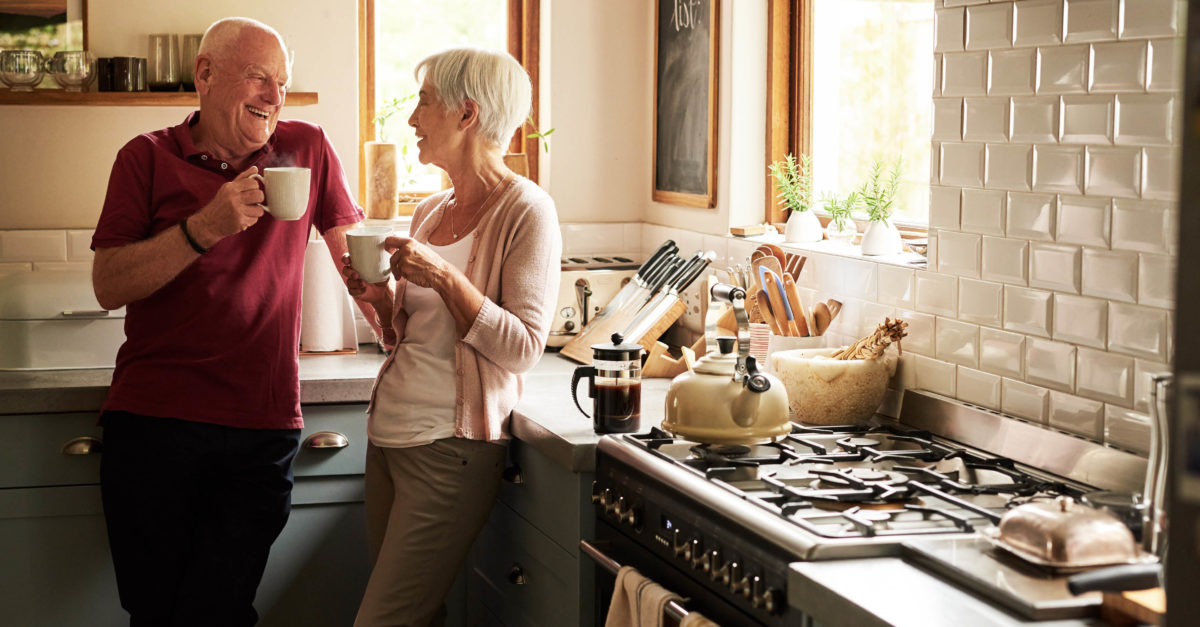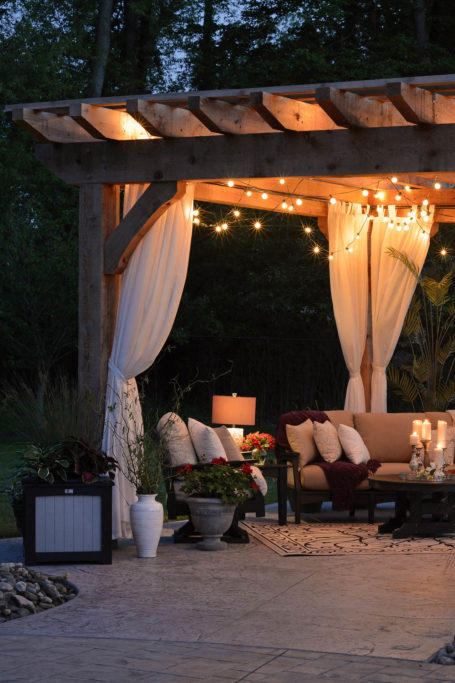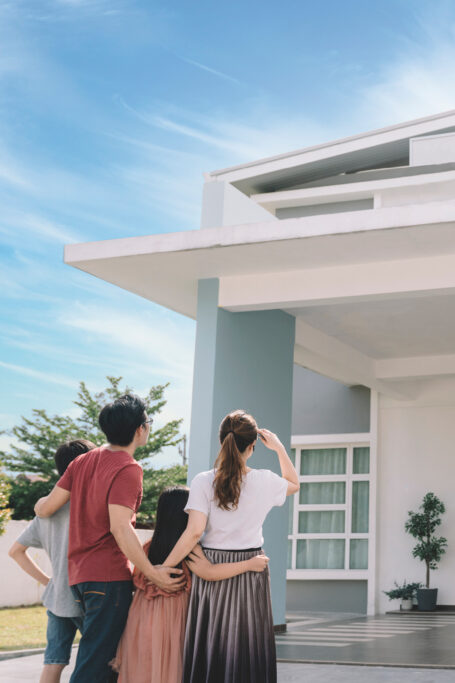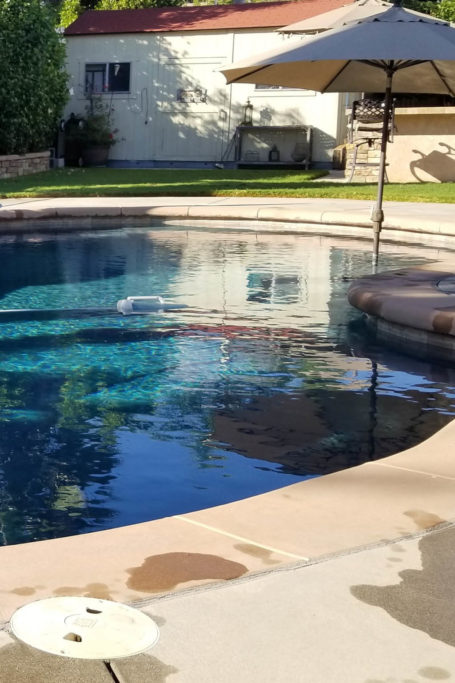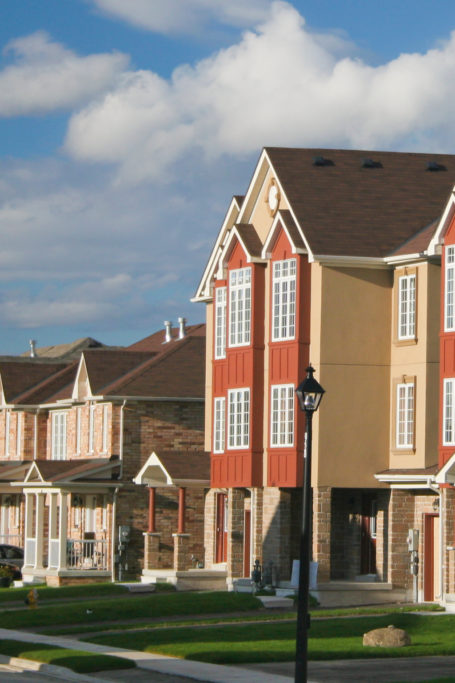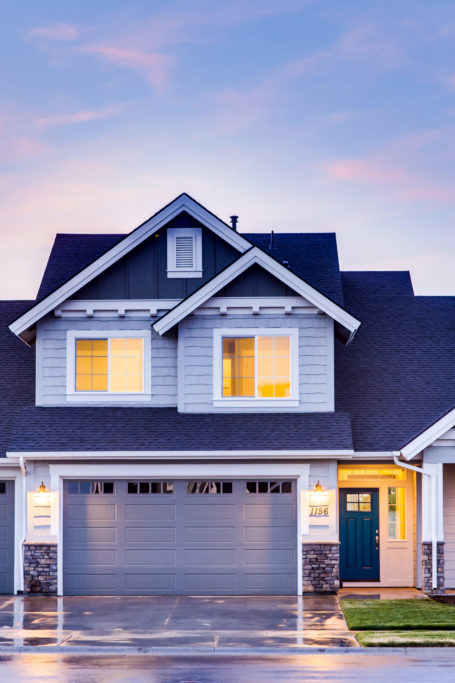Feathering Your Empty Nest
When your children leave home and you’re left with an empty nest, it is normal to experience sadness and mourn the days when you had a full house. But, while you might always miss having your kids around, you can now start enjoying your home for yourself and customize it to your needs and aesthetics.
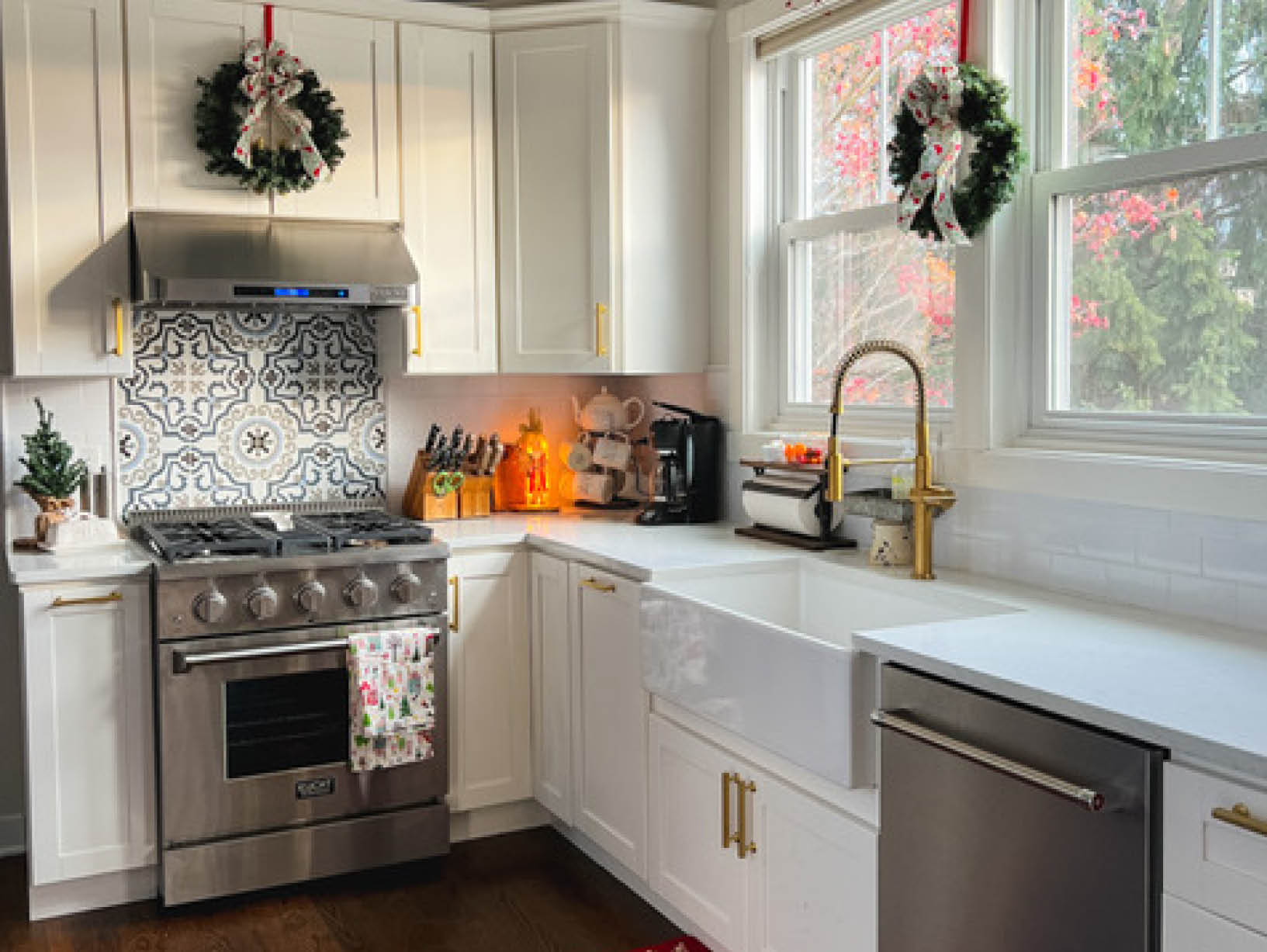
Jill Gruber, a corporate recruiter for a Fortune 500 company and part-time content creator for the blog, Doused in Pink, felt feelings of loss when her daughter, Mikayla, now a junior at the University of Rhode Island, left for college. But since becoming an empty-nester, Gruber and her husband, Dan, have purchased a home in a location they love in a northern Chicago suburb. They had moved away from the community when their daughter was in high school so she could swim competitively, and they were able to move back six years later, after their daughter’s second year of college.
“We were fortunate to find a house in our former neighborhood that needed work, so we jumped on it, doing the renovations ourselves,” she says. “We gutted the kitchen and powder room, refinished the floors, and painted the entire main level. This time around, we have the freedom to style our home and make design choices that are just for us.”
Terri Steffes, a teacher-development specialist for the University of Missouri and owner of the blogs, Our Good Life and Christmas Tree Lane, moved to her current residence in Saint Charles, Missouri, after her husband, Bob, retired and her daughter, Ashley, got married. She decorated her home in a beachy style that she loves, has a home-office space—which she didn’t have in her previous home—and a Mizzou-themed TV room where she watches college football games.
She has filled her home with colors and finishes she wouldn’t have used when her daughter was growing up. “I used decorating as a way to cope with the empty nest,” she says. “I found great pleasure in purchasing items that I loved.”
If you are looking to make your residence your own now that you have your home to yourself, consider these tips.
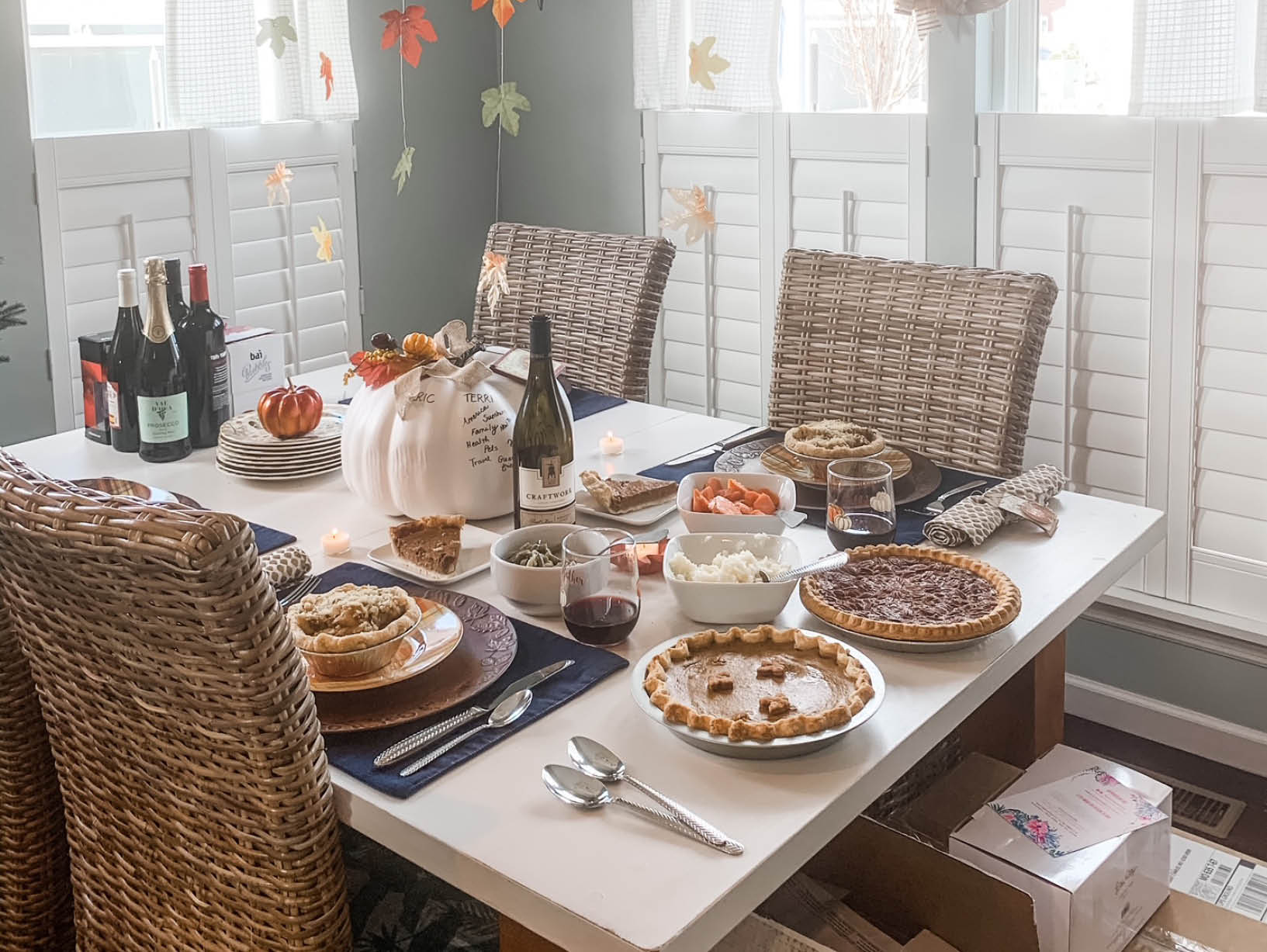
Personalize your space
With the kids away, you can use and decorate your entire home as you like. You could dedicate a spare bedroom to a particular purpose, such as a crafting or an exercising. If you have the budget, you can knock down walls and convert an extra room into a walk-in closet for your bedroom or use the space as an en suite bathroom.
Adapting your home to your new lifestyle can help you adjust to this new phase of life. You should think about your home as your space, Gruber advises. “You can envision the way you want to style it without being encumbered by trying to be kid-friendly or practical,” she says. “Another benefit of being empty-nesters is that if an idea strikes, we just grab some tools and start renovating.”
Gruber has a room ready for her daughter when she comes home on breaks, but the space doubles as a guest room when she’s away. Gruber has also converted a bedroom into a home office and another bedroom into a closet with custom storage.
Try new things
When your children were small, you might have chosen home furnishings for their durability. Now that your kids have left the nest, you have the freedom to pick what you like best instead of what can stand up to wear and tear. “I didn’t have to worry about things getting broken by having little kids around,” Steffes says.
Now, Steffes’ living room is filled with light-colored linen furniture. She and her husband put a protective coating on their upholstery, but it’s to keep their dogs, not little kids, from getting it dirty. The walls of her home are painted in a soft gray, and she has a beautiful plum color on the walls of her powder room. She couldn’t decorate in light colors when her daughter was small, she says, because she “didn’t want to worry about things getting dirty or stained.”
Go outside
Don’t forget to include outdoor spaces when updating your home for your new lifestyle. For instance, you might not need a big lawn now that your kids are grown. Steffes’ backyard includes a deck, grill, patio, potting area for gardening, and firepit area with comfy seating.
“We have designed our yard to have very little grass,” she says. “We have some grassy spots for our dogs, but all our other spaces are low maintenance. We garden mostly in pots, and I have a hydroponic garden. Our yard in this home is much easier to maintain as it takes less than twenty minutes to mow, and we can use an electric mower, which is light and easy.”

Living in place
If you want to make your empty nest your forever home, consider using durable materials that require little maintenance. Think about whether you want elements such as a main-floor bedroom or an accessible bathroom, and amenities like non-slip flooring, a wide door, and a walk-in shower or tub, which might come in handy someday. When they designed their home, Steffes and her husband chose easy-to-use, long-lasting design elements that simplify their lives today and will help them stay in their home in the future, including a gas fireplace, luxury vinyl plank floors, fingerprint-resistant appliances, and granite countertops. Now that she and her husband have a place for just the two of them, they want to enjoy it as much as possible.
Consider moving
It can be hard to leave the home your children grew up in, but relocating to a new home can be a good way to open the door to a new and exciting stage of your life. Steffes’ home is in an ideal location for her and her husband—it’s close to their jobs and is in a waterfront community with restaurants, coffee shops, and grocery stores, all within walking distance. “Our son-in-law, Eric, named our home Lakeside Resort for all the fun activities that take place in our community,” Steffe says.
When your children leave the nest, try not to think of it as an ending but as the beginning of a fun new period in your life. With the extra time and freedom you have, you can create the home you’ve always dreamed of.
